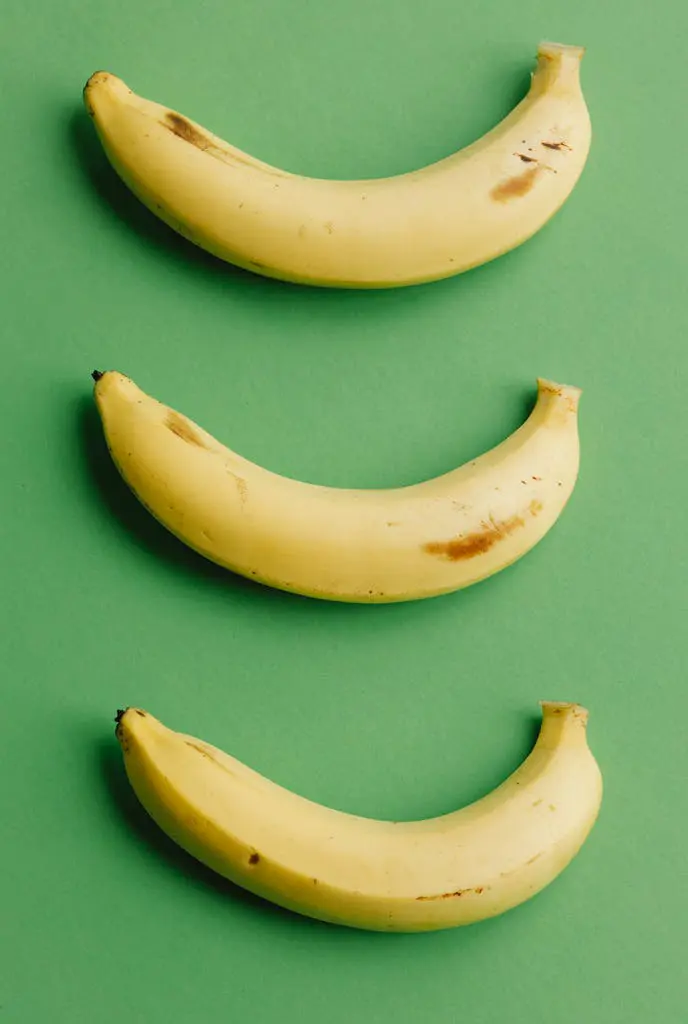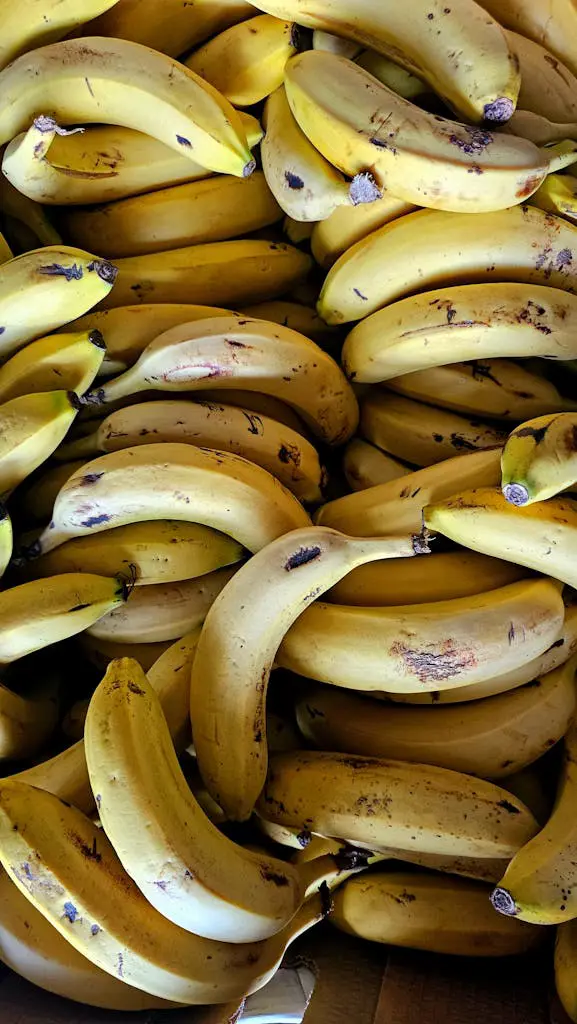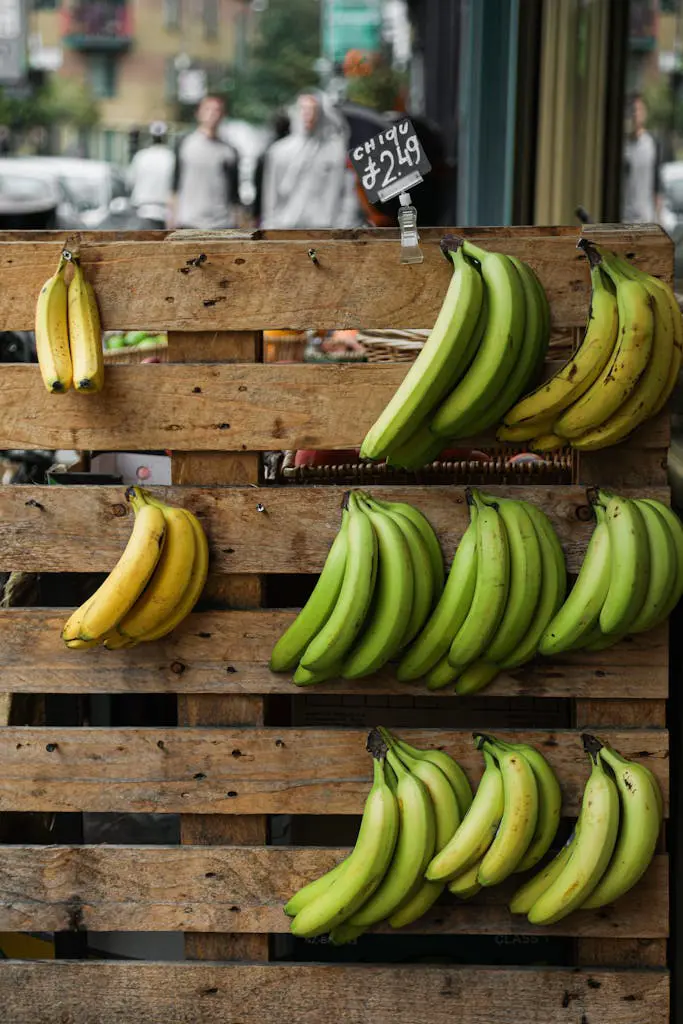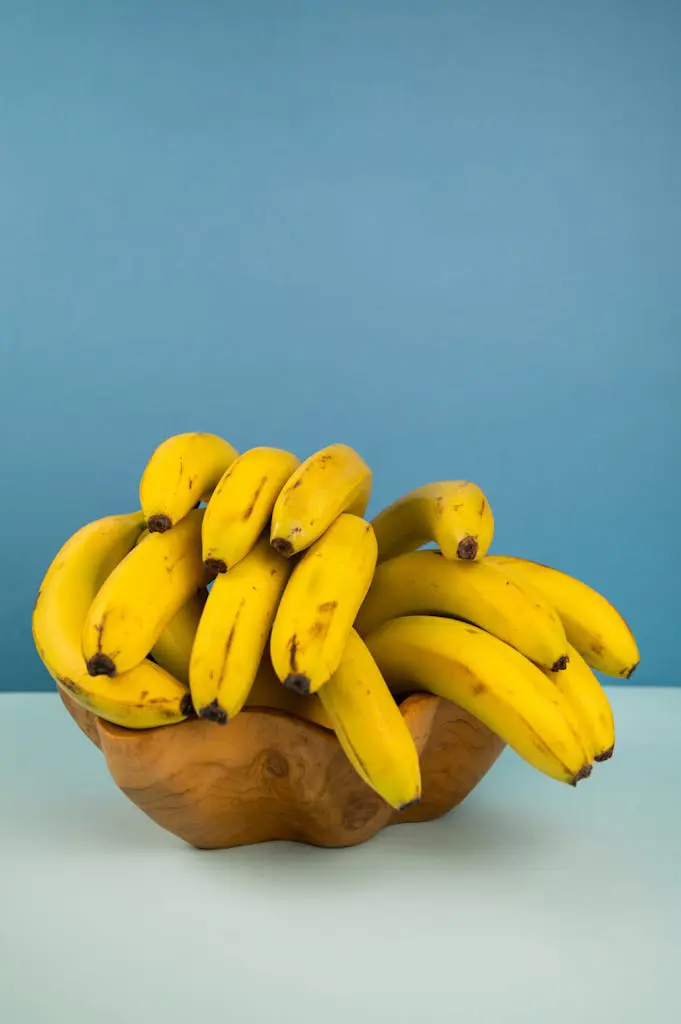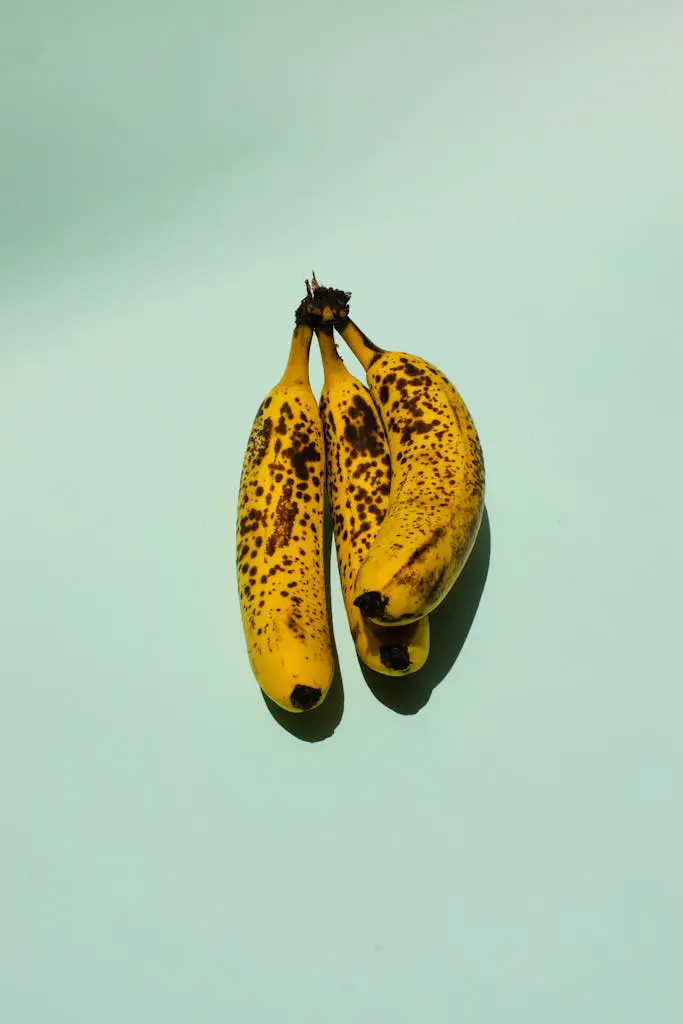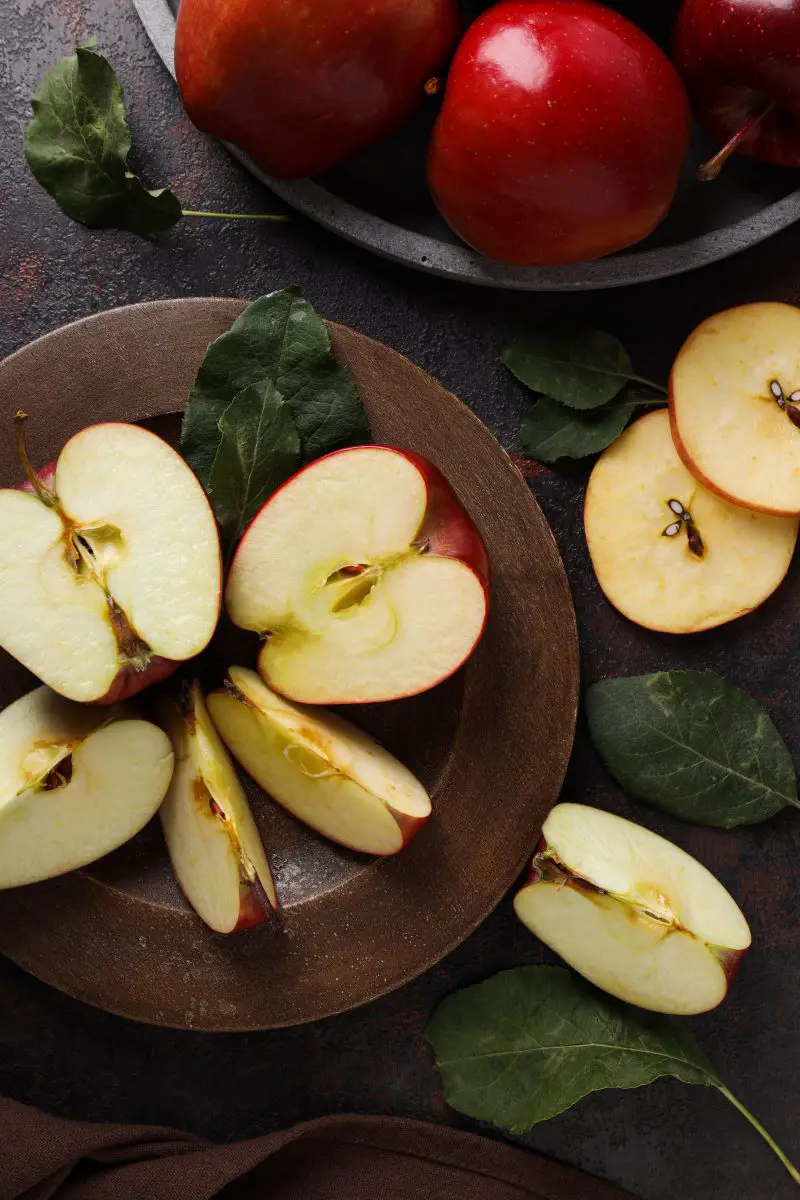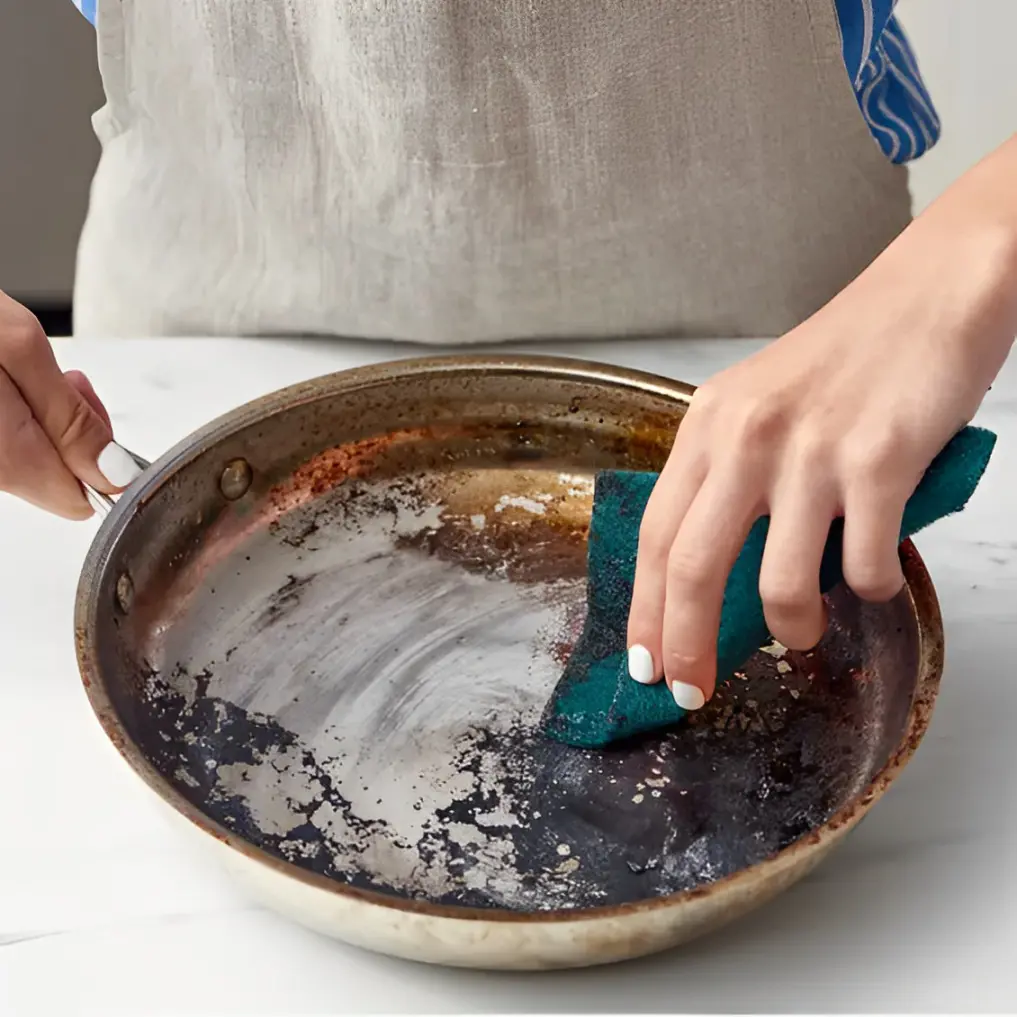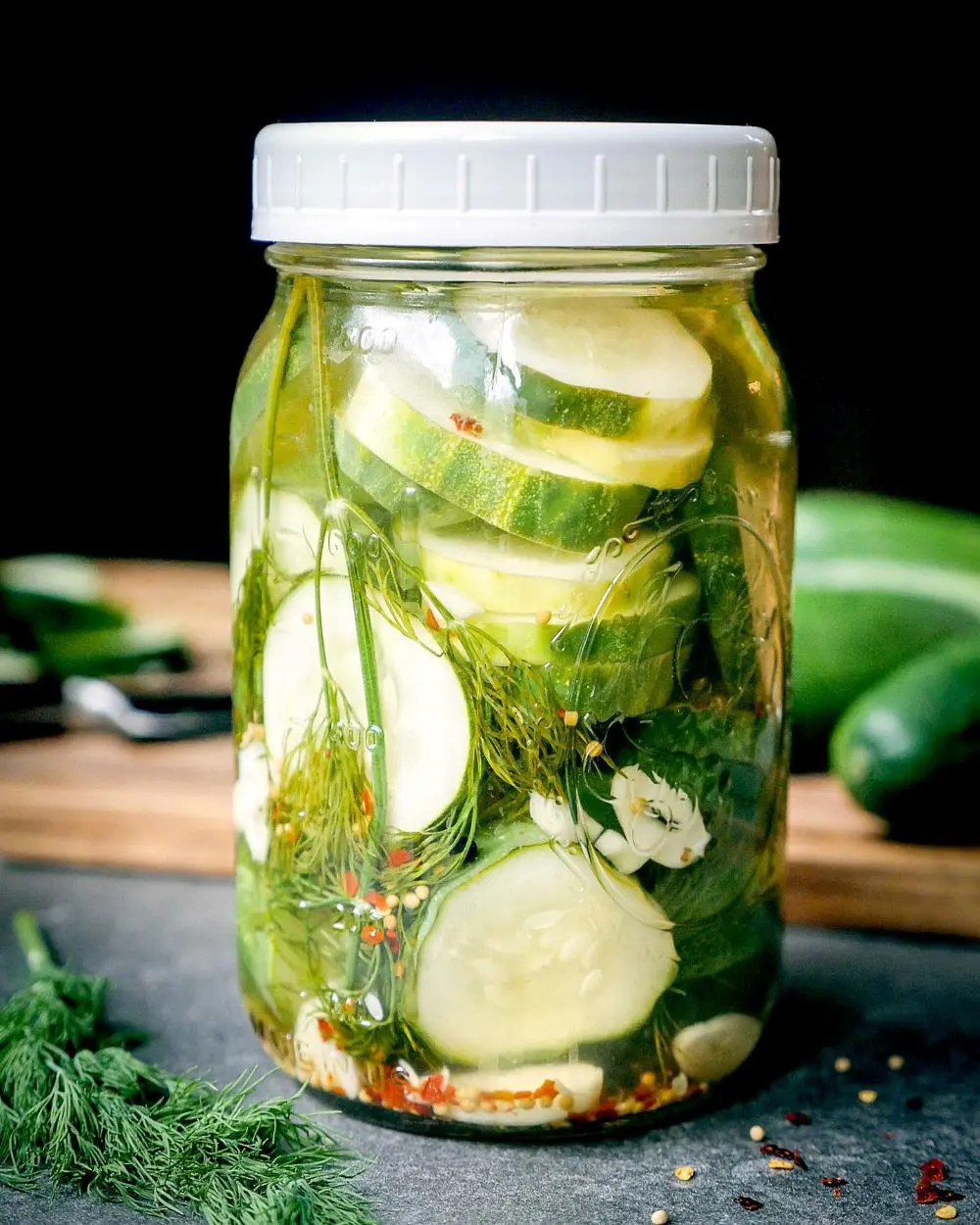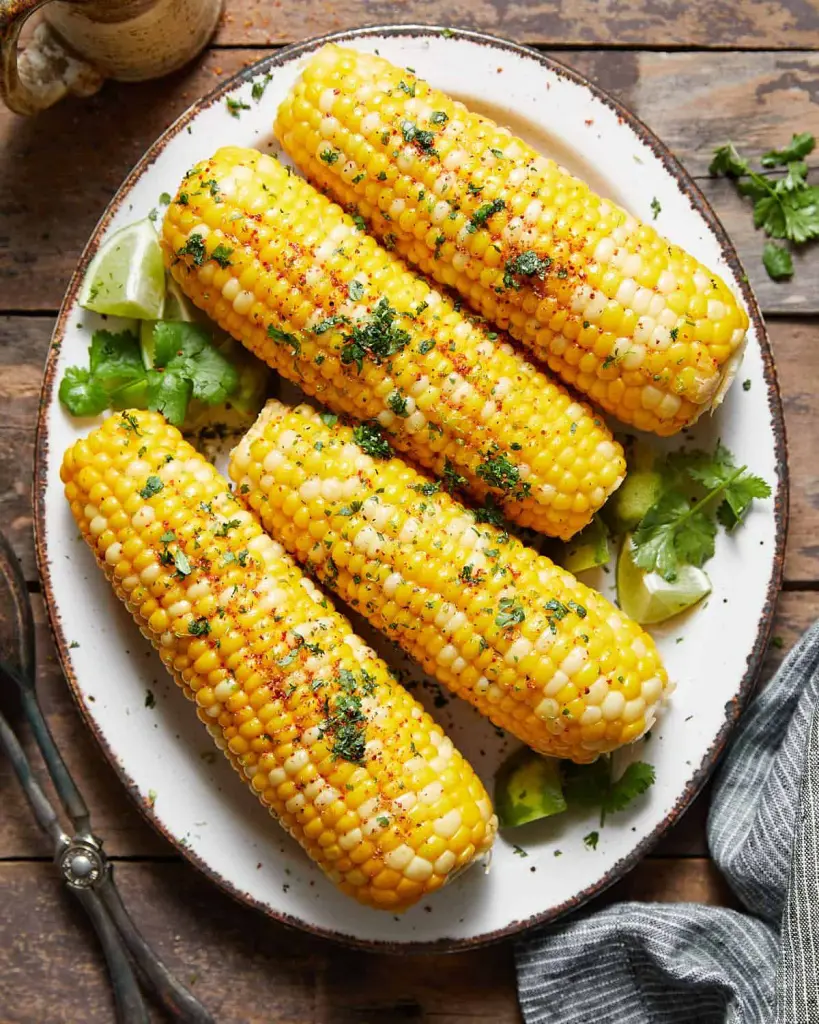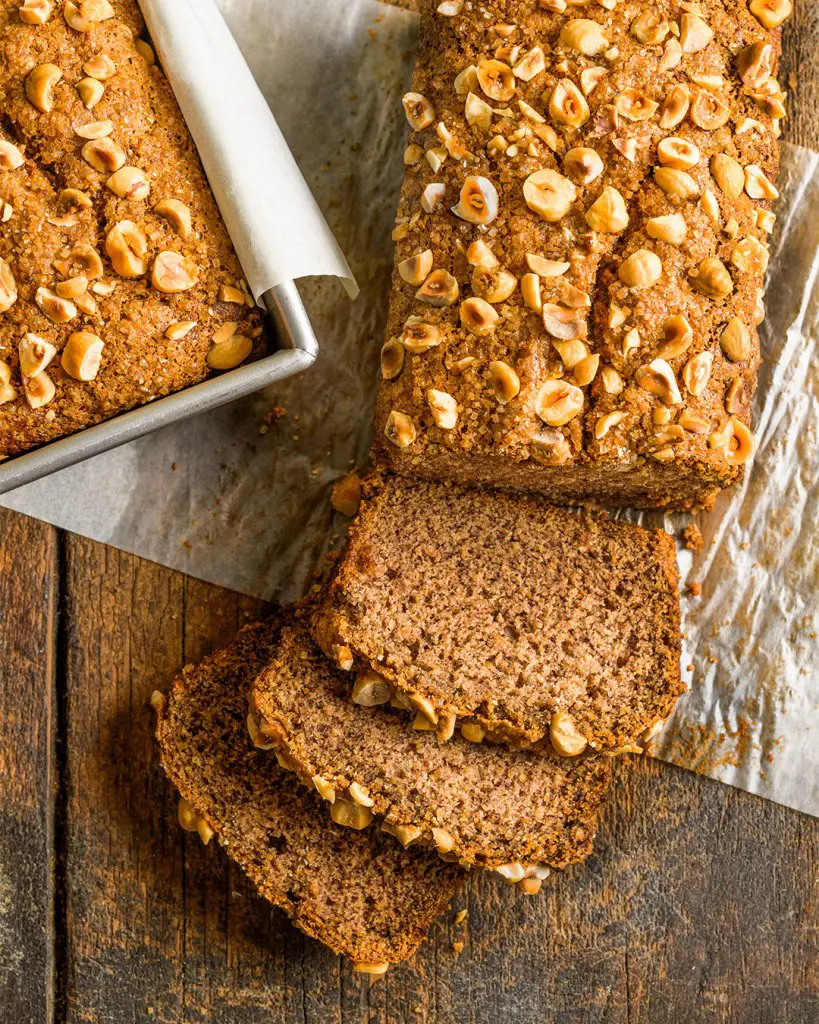Bananas are versatile fruits that can be used in many recipes at different stages of ripeness. Green bananas are firm and starchy, ideal for savory dishes. As they yellow, they become sweeter and softer, perfect for eating fresh or baking.
Overripe bananas with brown spots are extremely sweet and soft, making them excellent for smoothies, banana bread, and other baked goods. Here are some recipes using overripe bananas.
1. Banana Cake with Pecan Crumble:
This cake has a crunchy topping for extra texture. You can skip the topping if you prefer a simpler loaf.
Recipe: Mix mashed bananas, flour, sugar, eggs, and butter. Pour into a loaf pan. For the crumble, combine chopped pecans, brown sugar, and flour. Sprinkle on top before baking at 350°F for about 60 minutes.
2. Chocolate & Banana Cake:
Bananas and chocolate are a perfect pair in this delicious cake.
Recipe: Blend ripe bananas, cocoa powder, flour, sugar, eggs, and oil. Pour into a cake pan and bake at 350°F for 30-35 minutes. Let cool before frosting with chocolate ganache.
3. Banana & Praline Parfait:
Turn slightly overripe bananas into an impressive dessert for dinner parties.
Recipe: Layer mashed bananas with whipped cream and crushed praline in glasses. Chill for 2 hours. Top with more praline before serving.
4. Banana Pancakes with Crispy Bacon:
Enjoy a special breakfast with banana pancakes. Add bacon for an extra treat.
Recipe: Mix mashed banana into your favorite pancake batter. Cook pancakes on a griddle. Separately, fry bacon until crisp. Serve pancakes topped with bacon and maple syrup.
5. Banana Milkshake:
This is the quickest and easiest recipe to use up a ripe banana.
Recipe: Blend one ripe banana with 1 cup milk, 2 scoops vanilla ice cream, and a dash of vanilla extract until smooth. Pour into a glass and enjoy.
